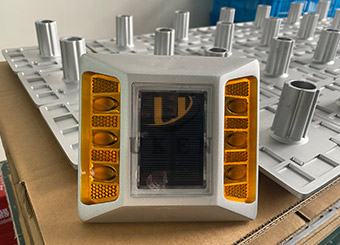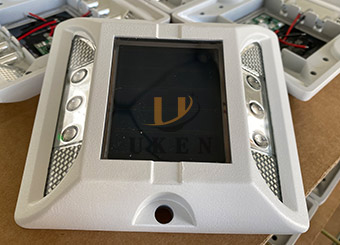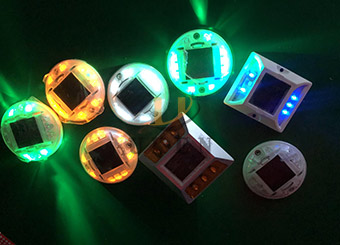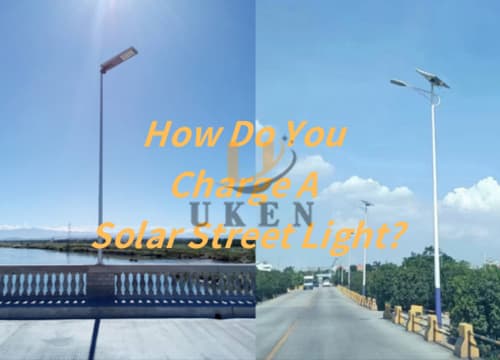Solar road stud lights, with their dual functionality of steady-on and flashing modes, play a crucial role in enhancing visibility and safety on roadways. In the first section, we delve into the steady-on mode, which provides continuous and constant illumination. This mode is particularly effective in guiding drivers and pedestrians along roads, pathways, and intersections, offering a stable and unchanging source of light that serves as a reliable navigational aid in various traffic scenarios.
Moving forward, the second section explores the dynamic nature of flashing mode in
solar road studs. Flashing mode introduces intermittent bursts of light, creating attention-grabbing visual cues. This mode is strategically employed in areas requiring heightened awareness, such as crosswalks or intersections, where the intermittent flashes serve as a distinct alert for drivers and pedestrians, contributing to enhanced safety during critical moments.
The third section focuses on the adaptability of
Road studs in balancing these two modes. Many modern solar road studs offer the flexibility to switch between steady-on and flashing modes based on specific needs or environmental conditions. This adaptability empowers authorities and users to tailor the lighting mode to the unique requirements of different locations, ensuring optimal functionality in diverse traffic scenarios.
In the fourth section, we explore the impact of steady-on mode on energy efficiency. Since this mode provides a continuous source of light, it requires a steady energy supply throughout the night. The article discusses how advancements in solar technology and battery storage have improved the efficiency of steady-on mode, making it a sustainable and viable option for consistent illumination.
Conversely, the fifth section delves into the energy-saving benefits of the flashing mode. By delivering light intermittently, flashing mode consumes less energy compared to the continuous operation of steady-on mode. This section explores how this energy-efficient feature contributes to the overall sustainability of
solar-powered road studs, particularly in areas where intermittent alerts are sufficient to convey the necessary information to road users.
In conclusion, the article underscores the significance of understanding the distinction between steady-on and flashing modes in solar
LED road stud lights. The dynamic interplay between these modes caters to the diverse requirements of road safety and navigation. As technology continues to evolve, the ability to switch between modes and optimize energy consumption positions solar road stud lights as versatile and effective tools in promoting safety and visibility on our roadways.








